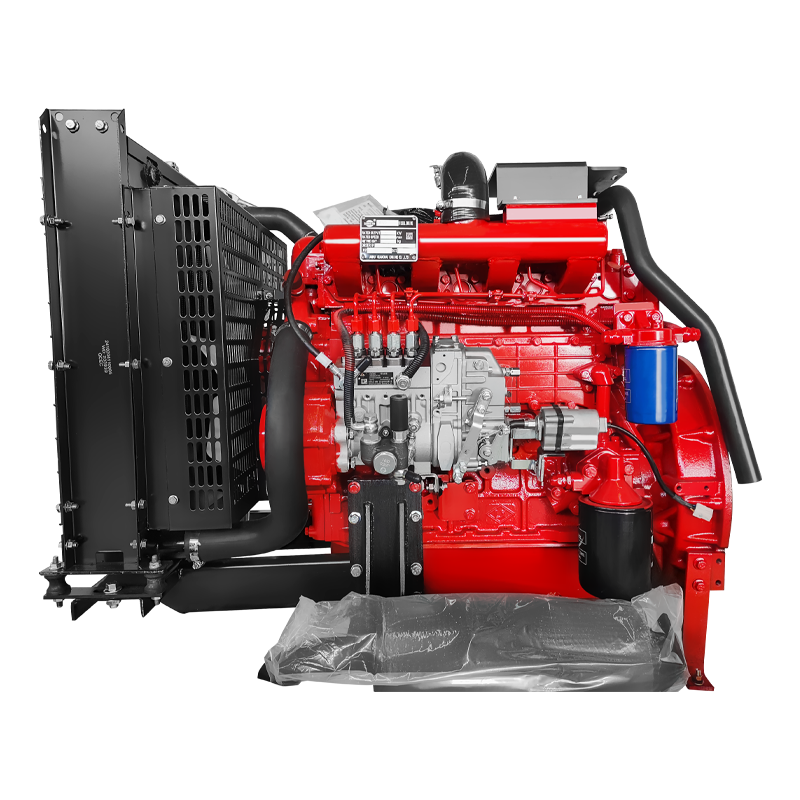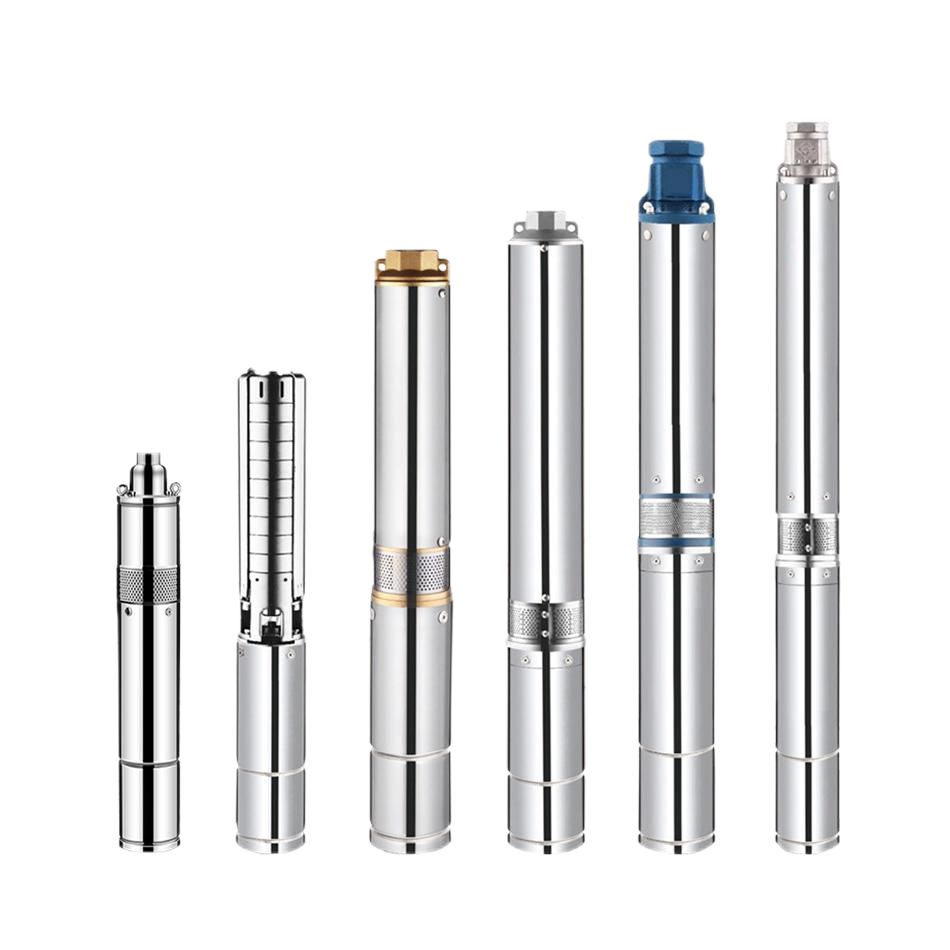What is a Three Phase Motor? Quite simply, it's a motor that works by using Faraday's law of induction. Depending on the motion of the magnet, the EMF will change. The motor itself is made up of two parts: the rotor and the stator. A rotor is a rotating piece that contains induction coils or metal bars connected to form a circuit. The rotor is mounted on a shaft and rotates to produce mechanical energy.
To use a three phase motor, you must first wire it to a three-phase supply. You will find these specifications on the motor's nameplate. Additionally, many motors are suited for high-voltage and low-voltage wiring. You may also find information on the wiring of some motors - Delta or Wye wiring, for example - on the manufacturer's website. This article will discuss these wiring methods.
In general, the US Department of Energy recommends that a three-phase motor should not have a voltage imbalance greater than 1%. Other industry sources suggest up to 4%. If you notice a voltage imbalance of more than 1%, you should check the motor and rectify the problem. It is best to test the motor before making any major changes. Besides checking the voltage imbalance, you should also check the resistance of each winding to ensure it draws the same amount of current when it's running.
A three-phase motor may not run efficiently if the rotor is unbalanced. The unbalance between the rotational axis of the rotor and the weight distribution axis results in additional heat and vibration. This can also reduce the efficiency of the system. This imbalance is a result of a defect in the rotor, bending of the shaft, or an issue with the motor-load coupling. In addition, a high-frequency load may result in a crawling fault if the motor is operated without a sufficient level of balance.
When selecting a three-phase motor, the connection must be carefully considered. The motor must be properly connected to achieve the best performance and life for the machine. A motor designer will determine which connections are wye or delta connections, and how many parallel circuits are required to maximize the flux and current density. In some cases, an electric motor may have multiple phases, depending on the requirements of the machine. When choosing a motor, it is important to select the right one for the job at hand.
A three-phase motor will have three or four black wires labeled U, V, W, and ground. The final black wire is ground. To determine if a motor is three-phase, check the voltage between the hot and neutral wires using a multimeter. If the voltage is 230 volts, it is likely to be three-phase. If not, then the voltage will be between 208 and 230 volts.
While a three-phase motor may cost a little more upfront, it's well worth the money. In addition to saving you money, they will last a long time. If you're not planning on replacing the motor anytime soon, you can save even more money by buying a used or surplus three-phase motor. You'll be happy with your investment. If the project is large enough, consider a VFD. The added cost may be worth it if you are going to use it for several months.

 English
English عربى
عربى
 Fire Pump and System
Fire Pump and System Split Case Pump
Split Case Pump Engine and Pump
Engine and Pump Long Shaft Pump
Long Shaft Pump Multistage pump
Multistage pump Water Supplier System
Water Supplier System Sewage Pump
Sewage Pump Industrial Pump
Industrial Pump Self-Priming Pump
Self-Priming Pump Inline Pump
Inline Pump Domestic Pump
Domestic Pump Electric Motor
Electric Motor Borehole Pump
Borehole Pump







